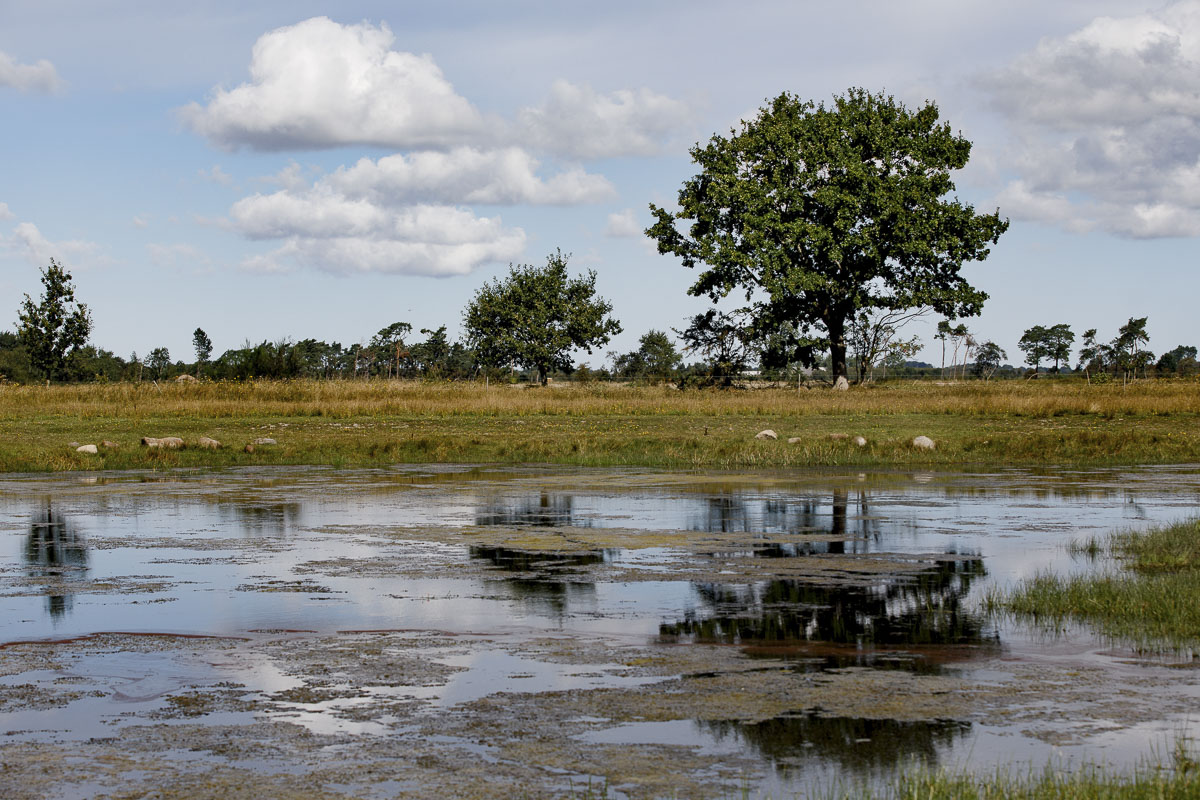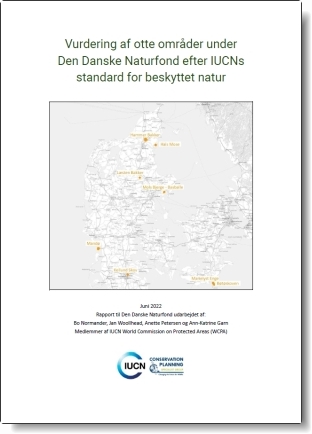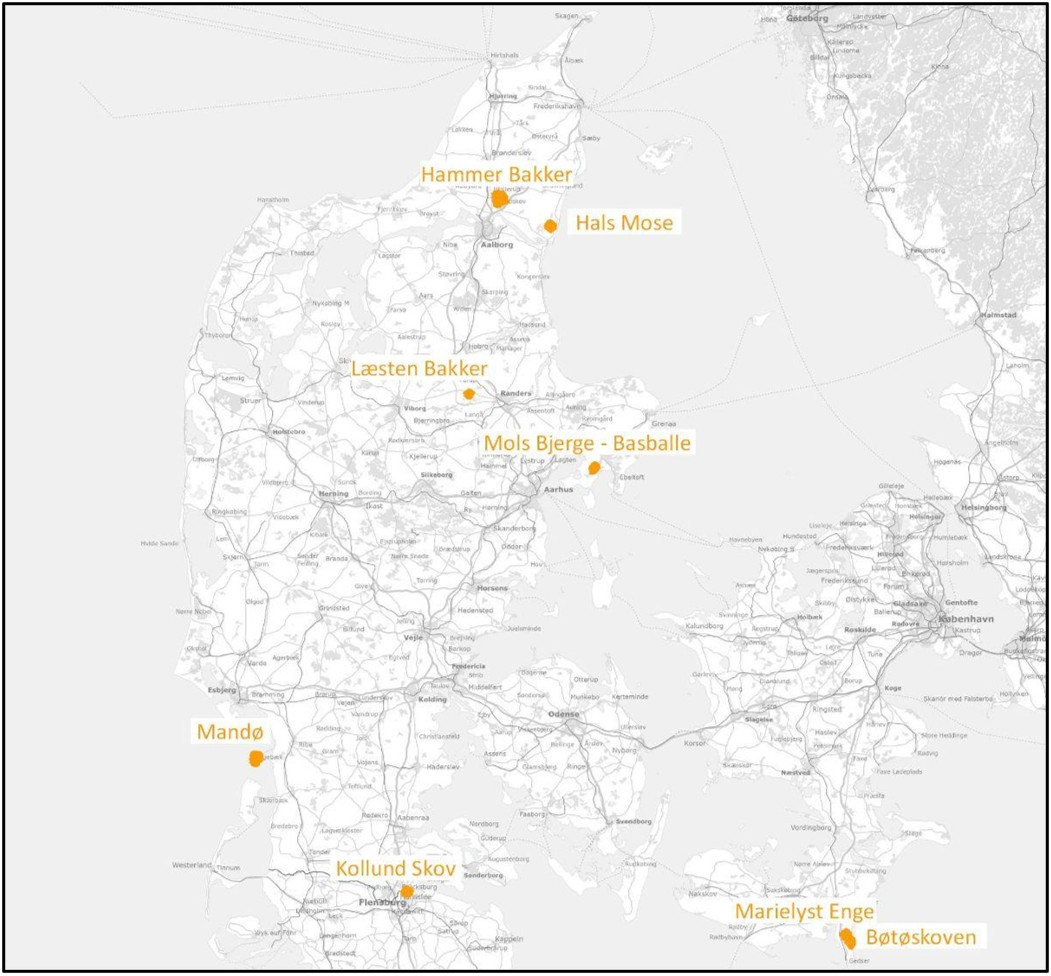
The Danish Nature Fund’s protected areas meet the international criteria for nature protection, developed by the world’s largest nature organisation, The International Union for Conservation of Nature (IUCN).
This is highlighted in a new report prepared for the Danish Nature Fund (‘Den Danske Naturfond’) by a group of Danish IUCN commission experts.
Our assessment of eight of the fund’s areas shows that they all meet IUCN’s criteria and can thus be assigned a management category according to IUCN’s system.
At the release of the report, director of the Nature Fund, Flemming Nielsen, stated: “It’s good nature, safe and long-term protection as well as thorough planning and management that have secured this international recognisition”.
Seven of the Nature Fund’s areas have been assigned the management category “IV Habitat/species management area”. This is because the purpose of the protection is primarily to preserve areas that host specific habitats and species. If the management purposes to a greater extent were to protect larger ecosystems or landscapes, the management categories “II National park” and “V Protected landscape” could also have been relevant.
A single area, Hammer Bakker, was assigned the category “V Protected landscape” on the basis that the area is relatively large and is primarily managed as a large landscape with a mosaic of different nature types.
For all eight areas, the IUCN governance type was assigned “Shared governance – collaborative”, based on the fact that the Nature Fund extensively seeks to collaborate with other stakeholders, in particular municipalities. Through cooperation, the fund seeks to reach the nature areas’ objectives more easily and that own resources are spent most efficiently.
IUCN’s criteria and standards are recognised broadly internationally, and both the UN and the EU use IUCN’s tools to assess the fulfillment of individual countries’ targets for nature protection. IUCN’s standards make it possible to assess nature protection equally in individual countries.
First time privately protected areas assessed
It is the first time that members of IUCN’s expert commissions have assessed whether privately protected areas in Denmark can meet IUCN’s criteria for protected areas. With the assessment, it has been clearly demonstrated that it’s possible to meet the criteria based on the protection that follows from the statutes applicable to a foundation; here The Danish Nature Fund. This means that there will probably be areas owned by other Danish foundations that will be able to meet the IUCN definition for protected areas.
Information on privately protected areas can be reported to the UNEP-World Conservation Monitoring Centre, which continuously determines how much protected nature there is in the world in the World Database of Protected Areas (WDPA). The information is used to evaluate the countries’ follow-up on e.g. the Biodiversity Convention and the UN’s Sustainable Development Goals. Since the target in the EU for protected nature areas has been raised from 17% in 2020 to 30% in 2030 – and will possibly also become global in connection with negotiations under the Biodiversity Convention – it’s important to get as fair a picture as possible of protected nature in Denmark.
 The report in Danish can be downloaded here.
The report in Danish can be downloaded here.
The report was prepared by:
Bo Normander, Jan Woollhead, Anette Petersen and Ann-Katrine Garn – all members of the IUCN World Commission on Protected Areas (WCPA)
Picture at top: Marielyst Enge on the Danish island of Falster. Photographer: Jesper Evardsen
